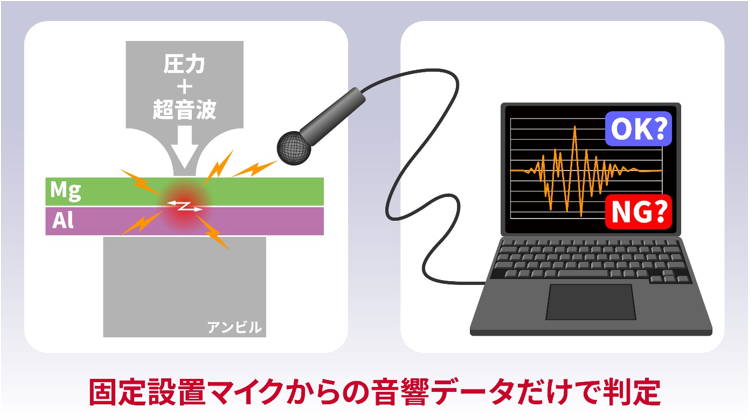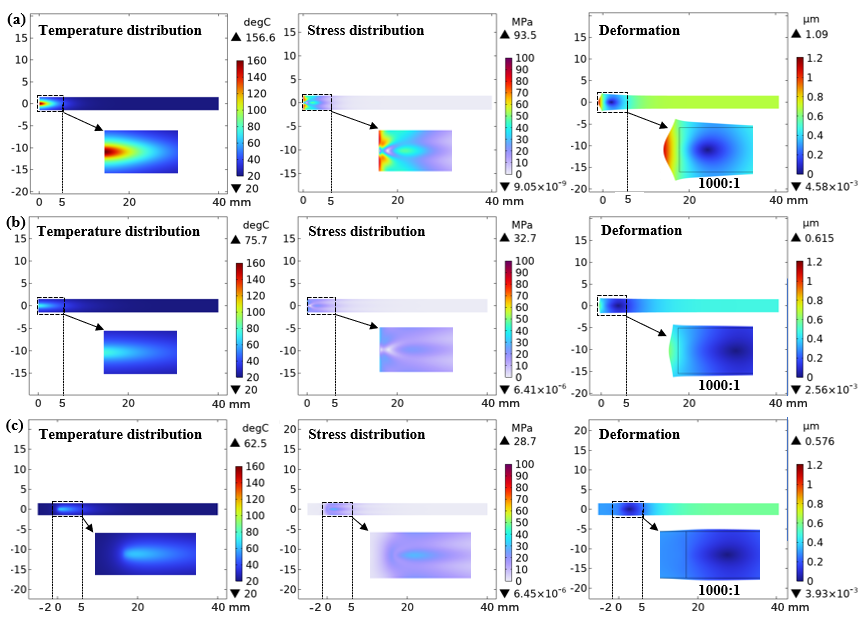2025-05-15 中国科学院(CAS)
<関連情報>
- https://english.cas.cn/newsroom/research_news/earth/202505/t20250513_1043542.shtml
- https://www.nature.com/articles/s41586-025-08956-6
過去の温暖な時期が将来の南アジアの夏のモンスーンを示唆する Past warm intervals inform the future South Asian summer monsoon
Linqiang He,Tianjun Zhou & Zhun Guo
Nature Published:14 May 2025
DOI:https://doi.org/10.1038/s41586-025-08956-6

Abstract
In the future, monsoon rainfall over densely populated South Asia is expected to increase, even as monsoon circulation weakens1,2,3. By contrast, past warm intervals were marked by both increased rainfall and a strengthening of monsoon circulation4,5,6, posing a challenge to understanding the response of the South Asian summer monsoon to warming. Here we show consistent South Asian summer monsoon changes in the mid-Pliocene, Last Interglacial, mid-Holocene and future scenarios, characterized by an overall increase in monsoon rainfall, a weakening of the monsoon trough-like circulation over the Bay of Bengal and a strengthening of the monsoon circulation over the northern Arabian Sea, as revealed by a compilation of proxy records and climate simulations. Increased monsoon rainfall is thermodynamically dominated by atmospheric moisture following the rich-get-richer paradigm, and dynamically dominated by the monsoon circulation driven by the enhanced land warming in subtropical western Eurasia and northern Africa. The coherent response of monsoon dynamics across warm climates reconciles past strengthening with future weakening, reinforcing confidence in future projections. Further prediction of South Asian summer monsoon circulation and rainfall by physics-based regression models using past information agrees well with climate model projections, with spatial correlation coefficients of approximately 0.8 and 0.7 under the high-emissions scenario. These findings underscore the promising potential of past analogues, bolstered by palaeoclimate reconstruction, in improving future South Asian summer monsoon projections.



